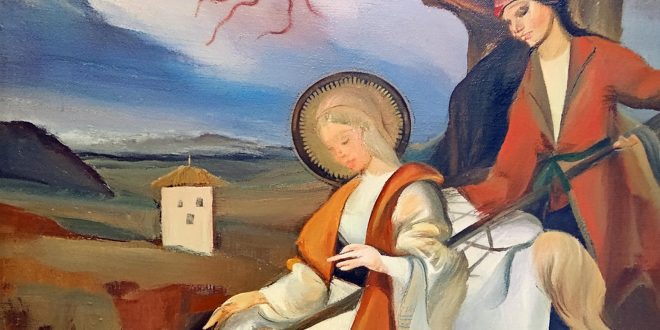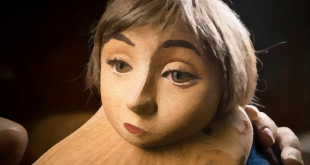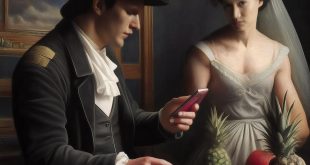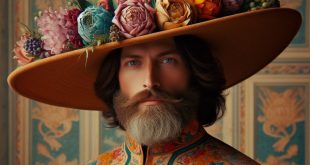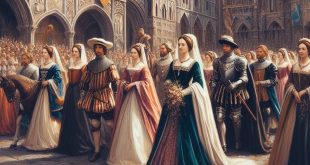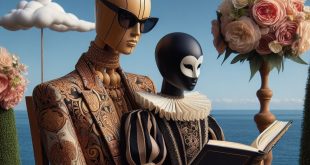The art of exploring deep themes, with humor and critical perspective
 If you are passionate about art or simply curious, to discover a world of inspiration and beauty we invite you to visit the website https://meetingbenches.com/. The sole purpose of Meeting Benches is to spread awareness of creative people, allowing others to appreciate their works. The intellectual properties of the images appearing in this blog are to be reported to their authors. To appreciate Albert Bloch‘s paintings, type on the reference links; if you want to know those of other painters’ type http://meetingbenches.com/category/paintings/. The images accompanying this post, however, were created by Dastilige Nevante in the style of Albert Bloch.
If you are passionate about art or simply curious, to discover a world of inspiration and beauty we invite you to visit the website https://meetingbenches.com/. The sole purpose of Meeting Benches is to spread awareness of creative people, allowing others to appreciate their works. The intellectual properties of the images appearing in this blog are to be reported to their authors. To appreciate Albert Bloch‘s paintings, type on the reference links; if you want to know those of other painters’ type http://meetingbenches.com/category/paintings/. The images accompanying this post, however, were created by Dastilige Nevante in the style of Albert Bloch.
 His artistic journey spanned decades, and his contributions to modernist art continue to be celebrated today. Albert Bloch https://meetingbenches.com/2016/08/bold-simplifications-flowing-lines-albert-bloch-modernist-painting-style/, was an American artist associated with the early 20th-century European modernist movement known as Der Blaue Reiter (The Blue Rider). This Modernist Artist was born on August 2, 1882, in St. Louis, Missouri, where he studied at the local School of Fine Arts, and then the Chicago Academy of Fine Arts. In the early 1900s, Bloch produced comic strips for a newspaper. His talent as a caricaturist and illustrator was evident during this period.
His artistic journey spanned decades, and his contributions to modernist art continue to be celebrated today. Albert Bloch https://meetingbenches.com/2016/08/bold-simplifications-flowing-lines-albert-bloch-modernist-painting-style/, was an American artist associated with the early 20th-century European modernist movement known as Der Blaue Reiter (The Blue Rider). This Modernist Artist was born on August 2, 1882, in St. Louis, Missouri, where he studied at the local School of Fine Arts, and then the Chicago Academy of Fine Arts. In the early 1900s, Bloch produced comic strips for a newspaper. His talent as a caricaturist and illustrator was evident during this period.
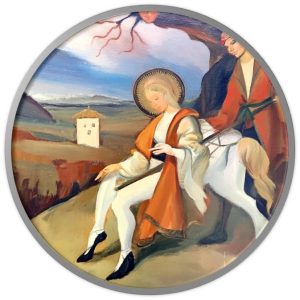 Between 1909 and 1921, Albert Bloch https://meetingbenches.com/2016/08/albert-bloch-18821961-american-painter-attractive-spiritual-primitive-quality/ lived and worked mainly in Germany, where he was associated with the influential artistic group Der Blaue Reiter. After World War I, he returned to the United States, taught at the School of the Art Institute of Chicago and later accepted a position at the University of Kansas, where he worked until his retirement in 1947. His work is part of the collections at institutions such as the Art Institute of Chicago, The Jewish Museum, Museum of Modern Art, Smithsonian American Art Museum and the Whitney Museum of American Art.
Between 1909 and 1921, Albert Bloch https://meetingbenches.com/2016/08/albert-bloch-18821961-american-painter-attractive-spiritual-primitive-quality/ lived and worked mainly in Germany, where he was associated with the influential artistic group Der Blaue Reiter. After World War I, he returned to the United States, taught at the School of the Art Institute of Chicago and later accepted a position at the University of Kansas, where he worked until his retirement in 1947. His work is part of the collections at institutions such as the Art Institute of Chicago, The Jewish Museum, Museum of Modern Art, Smithsonian American Art Museum and the Whitney Museum of American Art.
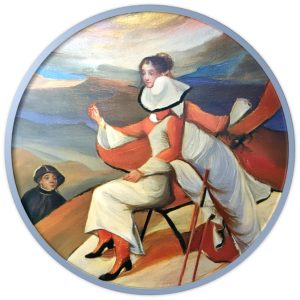 Albert Bloch created a significant body of work https://www.metmuseum.org/art/collection/search/648354. Here one of his major artworks, “Self-Portrait”, a notable piece that reflects his artistic identity and self-expression. He was known for his expressive and symbolic paintings. His style blended elements of Expressionism and Symbolism, resulting in captivating and thought-provoking pieces. Throughout his career, his artistic style was influenced by his initial work as a caricaturist and illustrator, helped develop his skill in capturing expression and movement. Also, his association with a painter’s group in Germany, which included artists like Wassily Kandinsky, Franz Marc, and Paul Klee, played a significant role. This group aimed to express spiritual ideas through their art, which influenced Bloch’s move towards Expressionism.
Albert Bloch created a significant body of work https://www.metmuseum.org/art/collection/search/648354. Here one of his major artworks, “Self-Portrait”, a notable piece that reflects his artistic identity and self-expression. He was known for his expressive and symbolic paintings. His style blended elements of Expressionism and Symbolism, resulting in captivating and thought-provoking pieces. Throughout his career, his artistic style was influenced by his initial work as a caricaturist and illustrator, helped develop his skill in capturing expression and movement. Also, his association with a painter’s group in Germany, which included artists like Wassily Kandinsky, Franz Marc, and Paul Klee, played a significant role. This group aimed to express spiritual ideas through their art, which influenced Bloch’s move towards Expressionism.
 Albert Bloch‘s work https://www.artnet.com/artists/albert-bloch/ is characterized by its expressive and symbolic nature, often striving to visualize sound and color in unique ways. This approach reflects the broader Expressionist movement’s focus on representing emotional experiences rather than physical reality. Working in relative isolation after returning to the United States, Bloch developed a highly personal style of great expressive intensity in drawing, watercolor, and oil painting. His later art from the 1930s through the 1950s shows a matured, individualistic approach. His role as a professor also influenced his style, as teaching allowed him to explore and refine his artistic principles and techniques. These influences combined to create a distinctive style that made him a remarkable figure in American Symbolism and Expressionism.
Albert Bloch‘s work https://www.artnet.com/artists/albert-bloch/ is characterized by its expressive and symbolic nature, often striving to visualize sound and color in unique ways. This approach reflects the broader Expressionist movement’s focus on representing emotional experiences rather than physical reality. Working in relative isolation after returning to the United States, Bloch developed a highly personal style of great expressive intensity in drawing, watercolor, and oil painting. His later art from the 1930s through the 1950s shows a matured, individualistic approach. His role as a professor also influenced his style, as teaching allowed him to explore and refine his artistic principles and techniques. These influences combined to create a distinctive style that made him a remarkable figure in American Symbolism and Expressionism.
Dastilige Nevante, inspired by Albert Bloch’s distinctive painting style, combines flattened forms with luminous palettes to evoke intensely expressive movements. This artistic interpretation weaves biblical narratives with characters from Italian commedia dell’arte, creating a vivid and dramatic tableau. Accompanied by the soundtrack ‘Wrong Answer,’ available at www.fiftysounds.com.
 Meeting Benches World art in all forms
Meeting Benches World art in all forms
